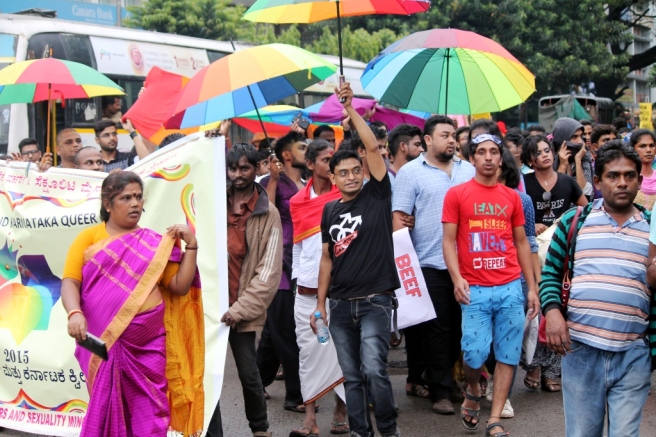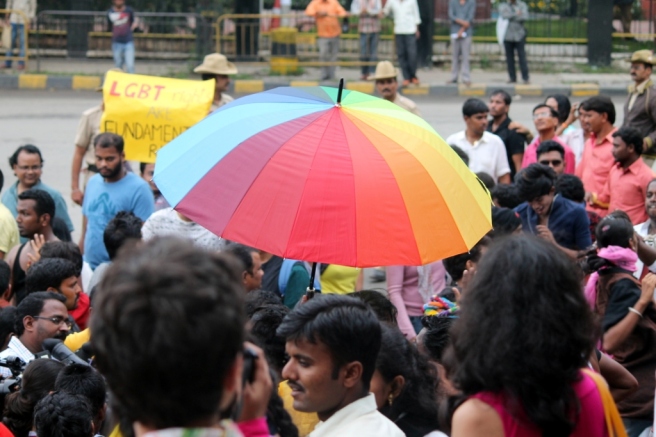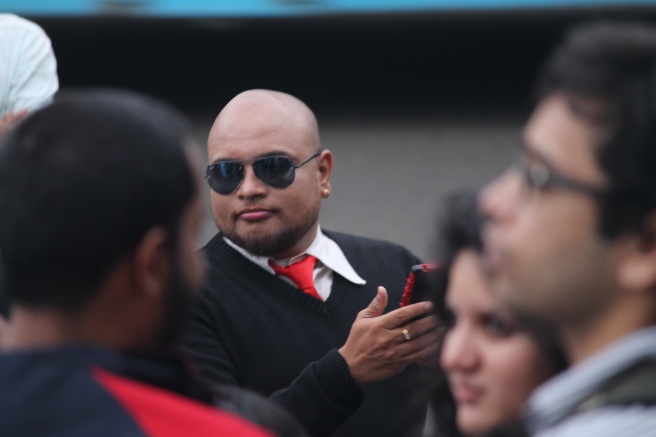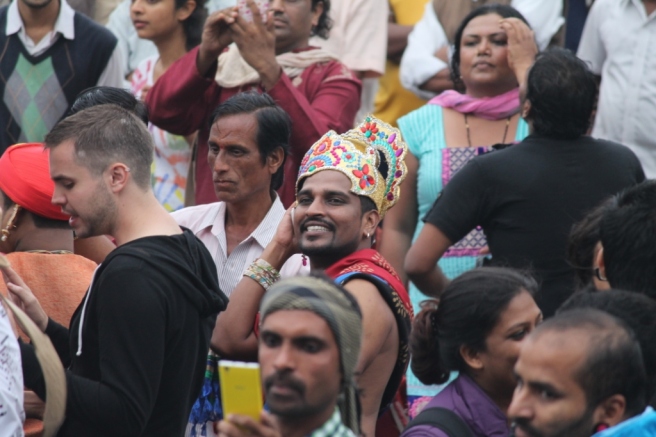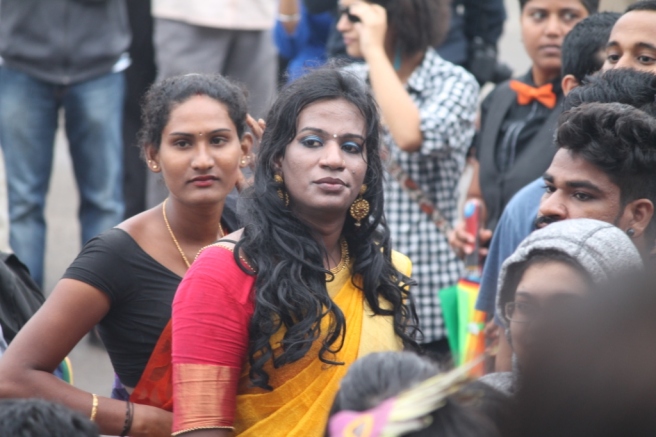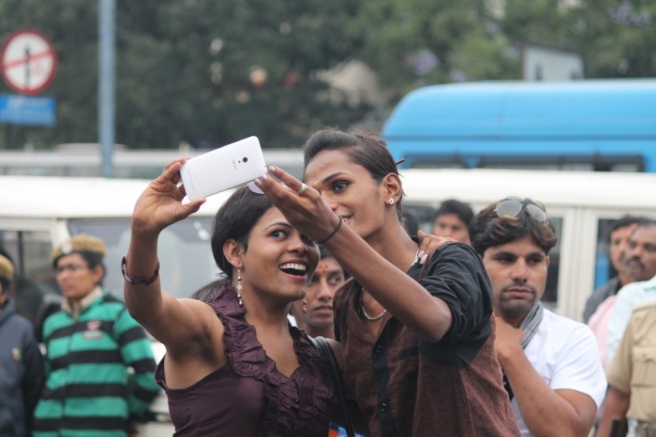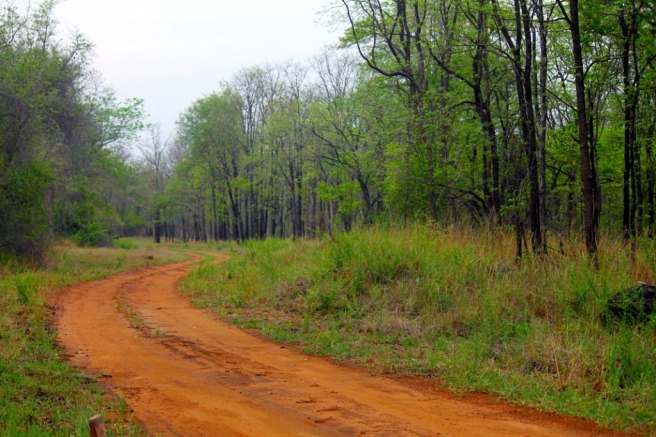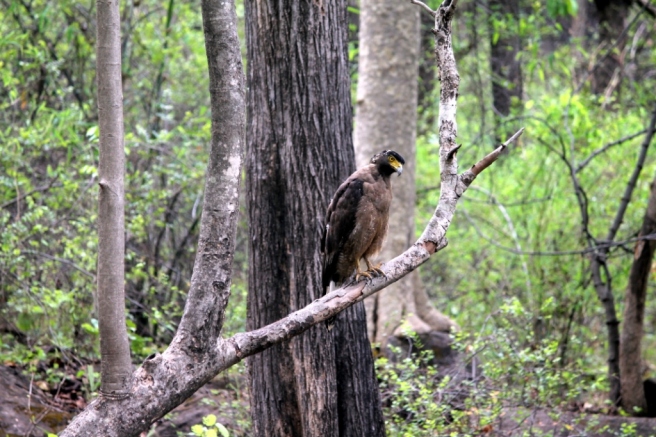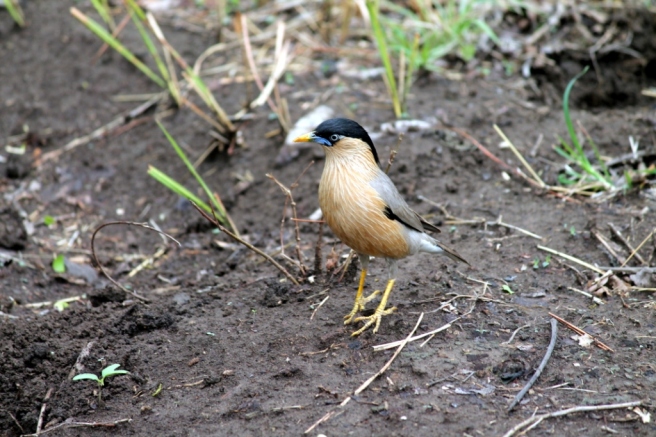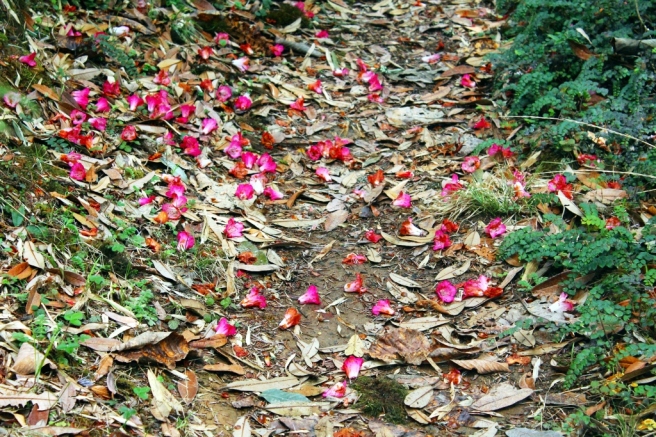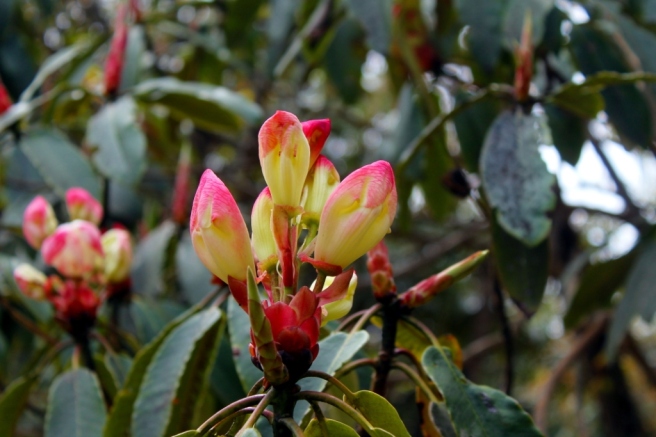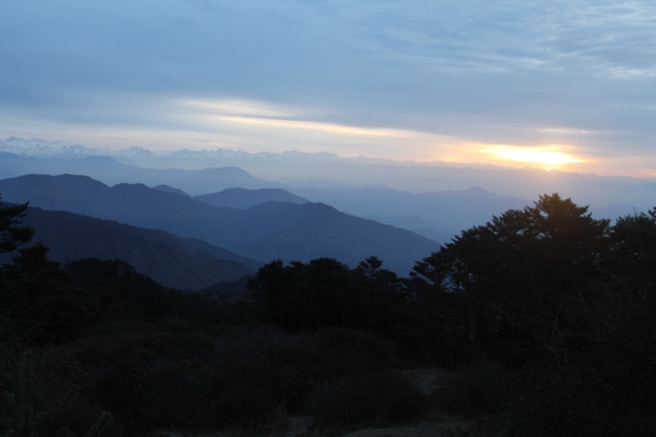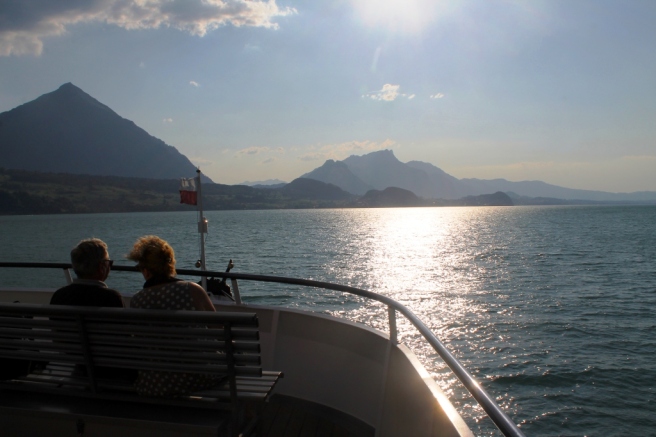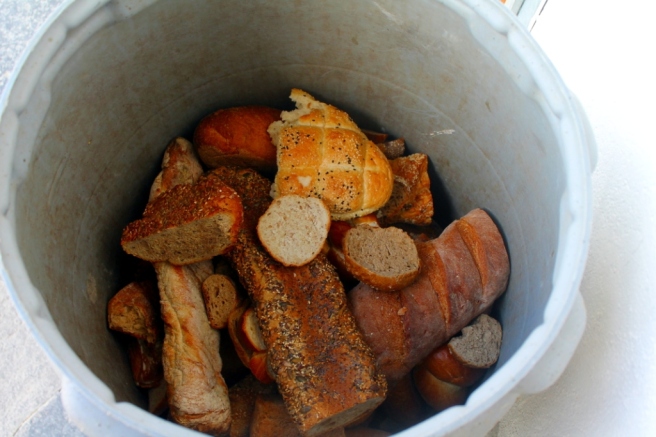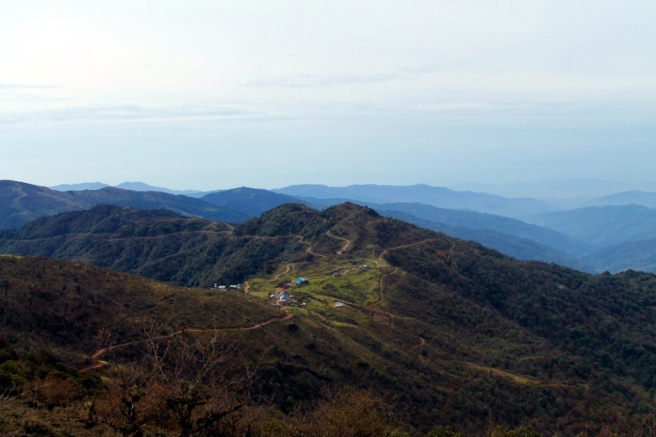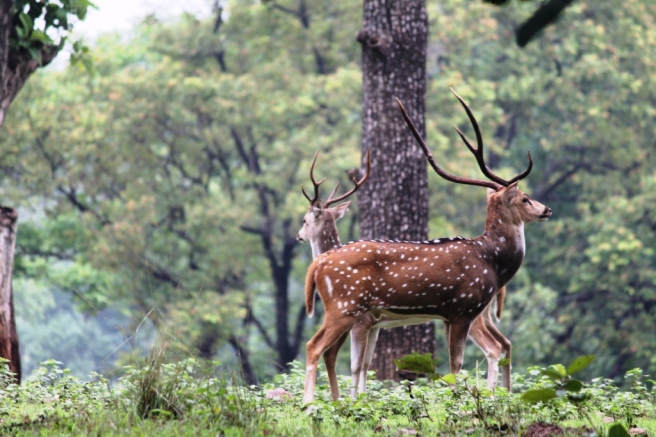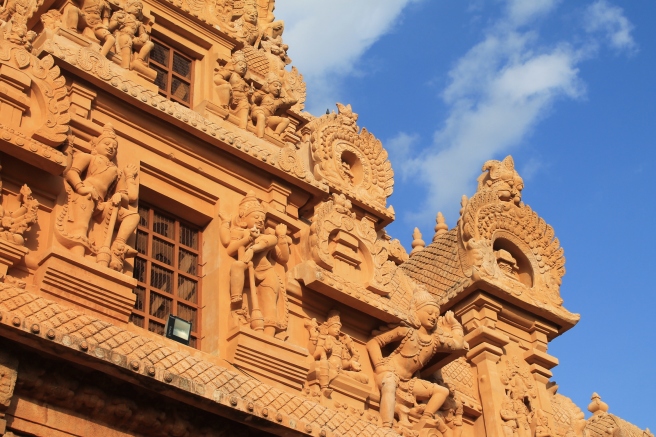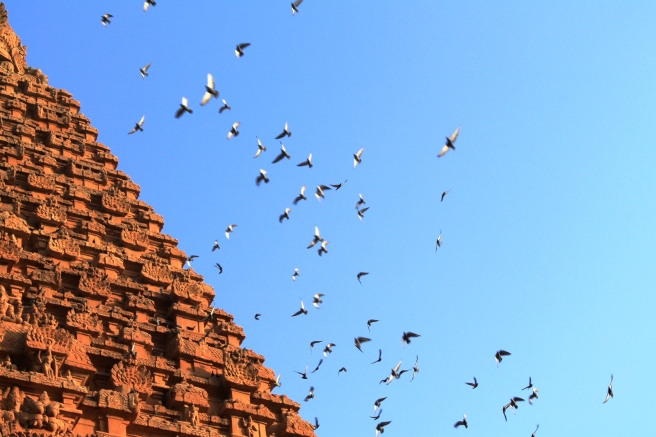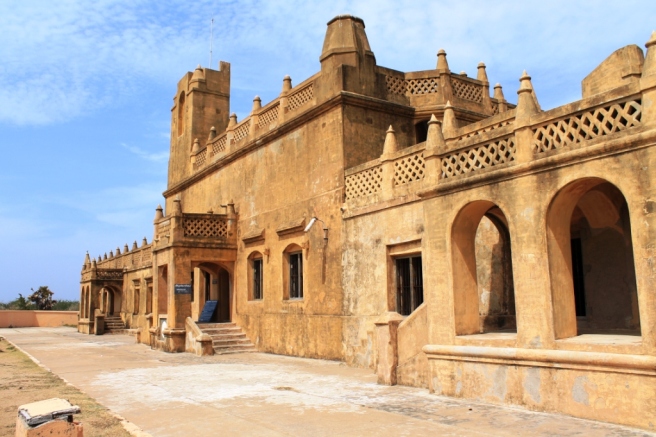The state of Bihar doesn’t exactly figure high (or figure at all) in anyone’s travel-to list. As the world knows it, the state’s star attractions are pretty much Bodh Gaya and Madhubani. Bodh Gaya is the poster child of Postmodern Buddhism attracting dreadlocked mystics and orthodox buddhists from all over the world in equal measure. Madhubani has more or less transformed into the homogeneous face of rural Indian art outside India.


Bihar’s roads are populated by persistently honking unruly drivers (much like elsewhere in North India but only in inflated proportions). Calling its traffic nightmarish would be understating it grossly. Patna received its first set of traffic lights just when I was visiting the city (in April 2015).
The state doesn’t exactly inspire confidence among travellers. But I did manage to scratch just below the surface mildly and it revealed a rich Buddhist heritage amid the chaos of its day to day existence. There has no been no recorded history of Buddhism from the first millennium in India except the journals written by the Chinese pilgrim Hiuen Tsiang when he was travelling in the Bihar region. His reports have been of immense help for scholars in various fields including archaeology, arts, religion and history in general.


From mughal era tombs of sufi saints to relics of Buddha to Jain thirthankara Mahavira’s birthplace (Vaishali), Bihar is scattered with monuments of immense archaeological significance. As is the case with anywhere in India, Buddha and Mahavira have been assimilated into the local culture and are referred to as ‘Buddh Bhagvan’ and ‘Mahavir Bhagvan’. It is also not uncommon to see Hindu pilgrims thronging the Buddhist religious sites, praying to the idols, their dutiful hands folded in supplication.

One significant mughal monument is the Chhoti Dargah, the tombs of saint Makhdum Shah Daulat who died in 1608. The tomb also consists of the remains of Ibrahim Khan, the ruler of the time, who is buried at the feet of the saint.The sand stone monument, its beautiful Arabic inscriptions and intricately carved trellises are sights worth to behold. On a searing sunny day, the pond by the Dargah simmers, lazy water buffaloes chew on their lunch of dusty grass, cormorants sit with their wings extended drying themselves. It is quite a sight of dreamy rural landscape.
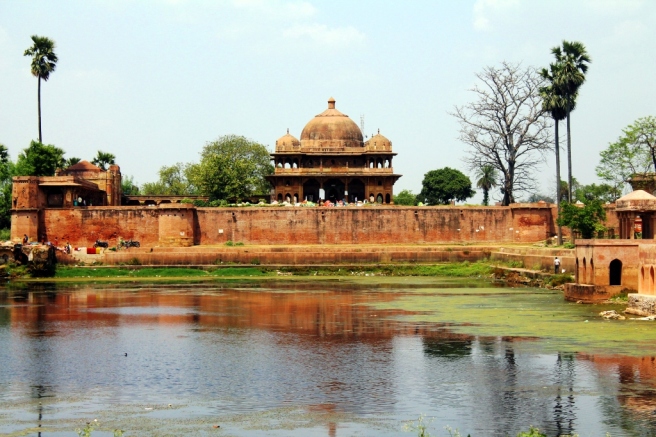

In the Buddhist circuit, though I visited Rajgir, Vaishali and Nalanda, the magnificent structure of Kesariya stole my heart. Alone and elegantly imposing, the crumbling ruins of Kesariya stupa built by emperor Ashoka rise above the flat nothingness of Bihar’s East Champaran district. Barring a few Japanese tourists in their chauffeur driven vehicles, not a soul was present at Kesariya when I visited.


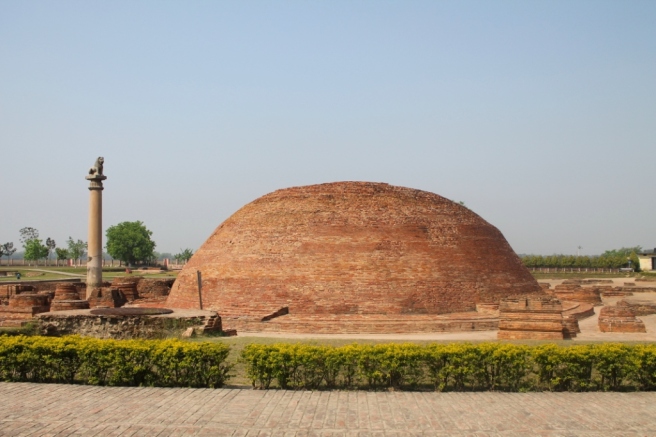
Bodh Gaya, on the other hand, is thriving with international tourists. Bus loads of pilgrims from neigbouring countries with strong Buddhism influence namely Myanmar, Combodia, Vietnam and Japan jostle with domestic tourists for darshan at the Maha Bodhi temple. Though it felt touristy at the time, in retrospect, while sifting through the pictures I sense a vibrant quality to the place. It must be the devoted reverence of hundreds of these pilgrims that is rendering Bodh Gaya an ethereal quality.

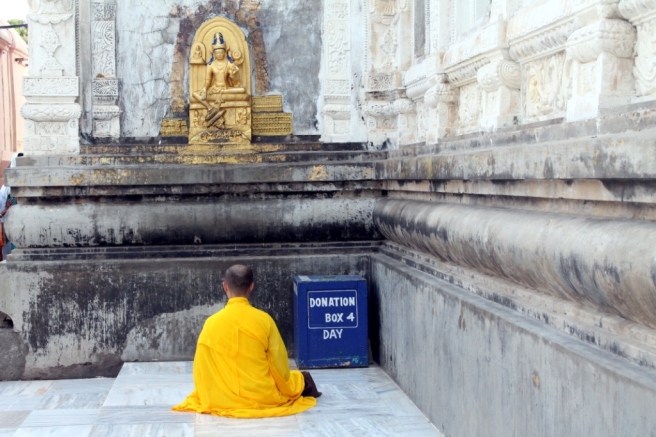


Nalanda’s ruins are phenomenal, no doubt. It speaks of a period that fostered rich educational practices in the 6th Century BC when students from countries as far away as China visited and studied. Extensive remains of brick temples, monasteries, sculptures in stone, bronze and stucco, were excavated beginning 1915.


Bihar has always been stuck in an unfortunate economic quagmire. The sheer number of global NGOs working in the development sector in its capital city Patna is proof that change is likely to happen, albeit in smaller pockets over a longer period of time. However, there is no denial to the fact that travelling in the state can be rewarding despite all these obvious unavoidable setbacks. May be, these pictures will serve as proof.

Under its rough exterior, Bihar boasts of rich archaeological treasures that stand magical and forlorn, as if in anticipation of a bright new day.


Have you visited Bihar? What has been your experience? Why not leave a comment and let me know.
PS: I also visited Madhubani during my time in Bihar. That is perhaps for another post.

